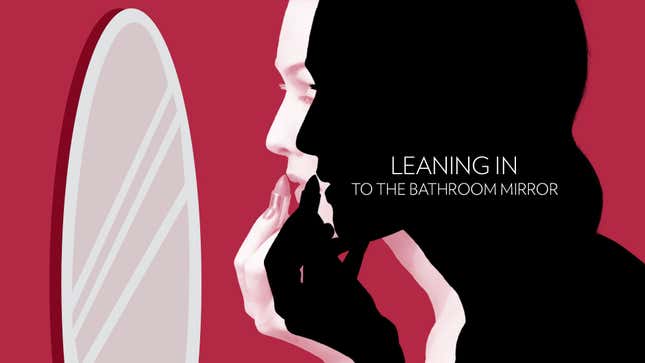September at Glamour Means Leaning Into Shopping Hypocrisy
Latest

Opting out. Leaning in. Having it all. Women have so many choices for buzzwords these days!
But what’s a lady to do when faced with making an actual choice? Well, there’s good news and bad news, and here they are simultaneously: it doesn’t much matter what you do as long as you look good doing it.
At least, that’s the message in the September issue of Glamour. It excerpts the forthcoming book by Barnard College president Debora L. Spar, Wonder Women, which posits that one thing keeping women from achieving parity is all the time we spend grooming ourselves.
Every year I spend 282 hours on beauty. Like the men against whom I compete for jobs, publications, and research funds, my husband will spend about 30 hours. So I’m running a beauty-counter deficit of 252 hours annually. In fact, over a 40-year career, I will spend 10,080 hours—nearly five working years—trying to look as presentable as the average guy sitting next to me.
So it’d be cool to pare back on the bikini waxes and maybe skip ironing forever, because ironing is the worst? Spar points out there’s more to the beauty standard than looking good under fluorescent lights.
…Oddly, as women have gotten more culturally liberated, we’ve also gotten crazier about our bodies. Americans, mostly women, spent more than $13 million on plastic surgery in 2007; 10 million U.S. girls a year have eating disorders; and any magazine rack confirms our obsession with one scantily clad celebrity after another.
Did she just call out magazines…in a magazine? This is one hell of a contradictory message to drop into the middle of 400 pages of fashion and beauty ads and editorial. Spar:
-

-

-

-

-

-

-

-

-

-

-

-

-

-

-

-

-

-

-

-

-

-

-

-

-

-

-

-

-

-

-

-

-

-

-

-

-

-

-

-








































